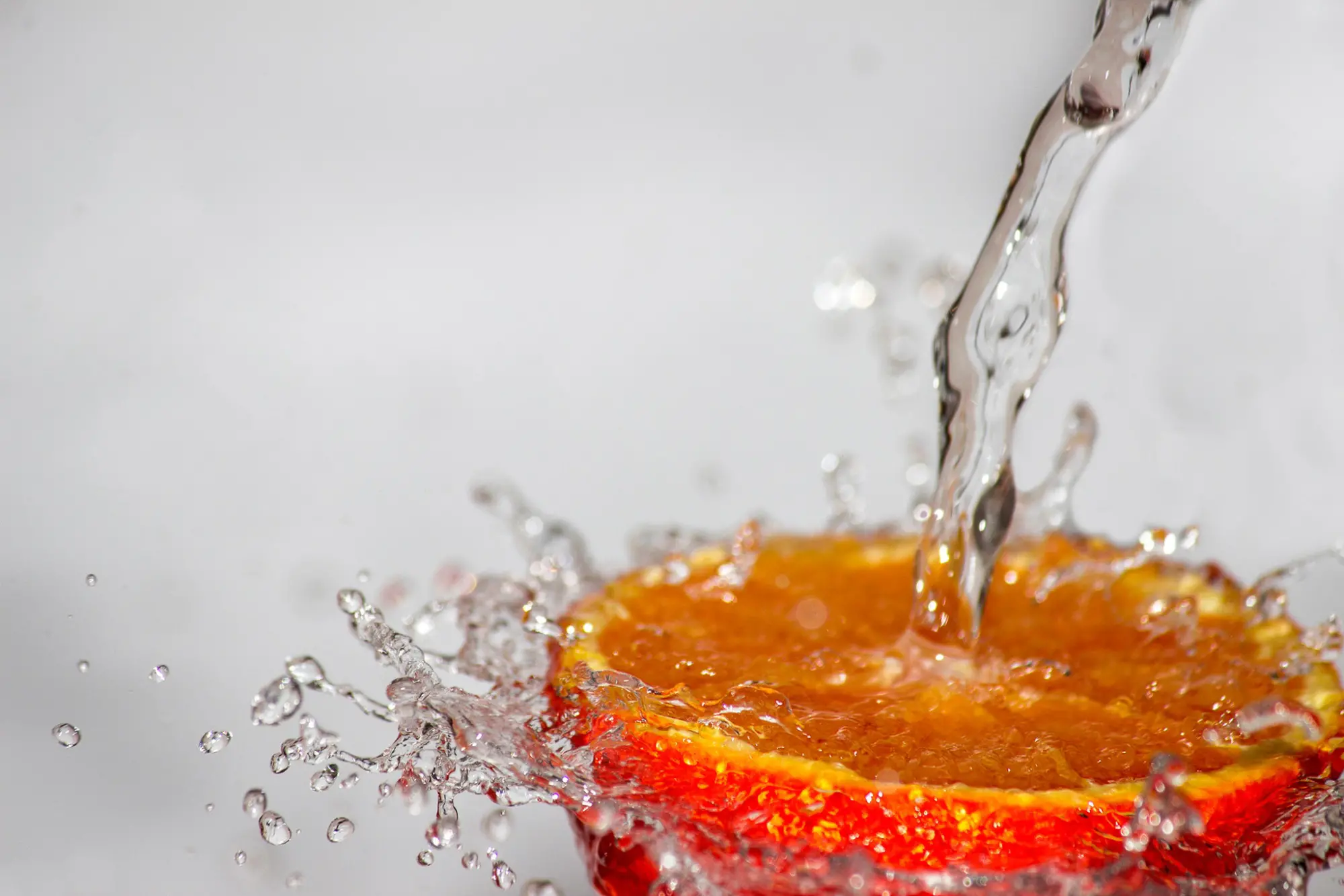When looking to create a sustainable food business, monitoring and reducing your water consumption is a key part of the journey. Foodprint can help you to understand the water impact of your supply chain, but there are also some steps you can take closer to home to reduce your businesses’ water use. We speak to the Knowledge Labs team at Nutritics about water saving techniques you can introduce today.
Conserving water can massively lessen your environmental impact, as well as helping you to reduce operating costs. For businesses that serve food, it will be no surprise that the most significant use of water is from the kitchen. There are a few simple water-efficient practices that can be implemented to help minimise water usage.
Know your water usage
Make sure you know where your biggest uses of water lie. Even a simple audit can help identify potential savings. First of all, check for any drips and leaks in your taps, pipes and appliances, which even if minimal can lead to water wastage over time. Then you need to look at your working practices and appliances.
Change those habits
Small changes can make a big difference when it comes to water. Educate your staff on the wastefulness of running taps and thaw food overnight in the fridge rather than under a tap. Make sure food scraps go in a compost bin rather than down the sink to save on excessive rinsing and to reduce the amount of oil that goes down the drain. If you have to run a tap for hot water to come through, catch the water for additional uses if feasible.
Check your appliances
While there may be an initial cost, investing in water efficient devices and appliances can have a considerable impact on the amount of water and money you use in the kitchen in the long run. Dishwashers are often one of the highest consumers of water so check the efficiency score of yours, use the economy setting where possible and only turn it on when fully loaded.
The food industry requires a lot of hand washing throughout the day, so installing low-flow taps, preferably with motion sensors, is a simple, inexpensive and effective way to decrease water consumption.
Educate your staff
It can be difficult to know where to start, but by making a realistic timeline for reducing your water you can make impactful changes in the long run. It’s important also to educate staff on efficient working practices so that they can get fully behind the water saving initiatives.
Finally, once positive action has been made to reduce your water use, communicate this to your customers so that they can see the sustainable steps you’re taking to support the environment.
Use Foodprint to reduce water usage
Foodprint from Nutritics can also help businesses to track their water reduction, by displaying the carbon footprint and water usage of different recipes on your menu. This can help you to choose less impactful produce when creating your dishes, further outlining your commitment to going green.
